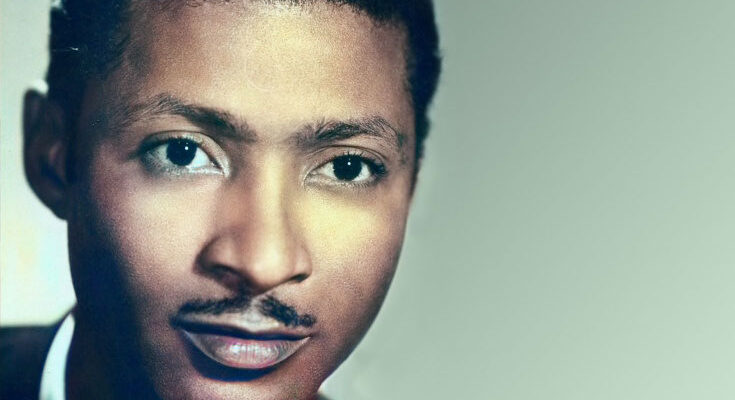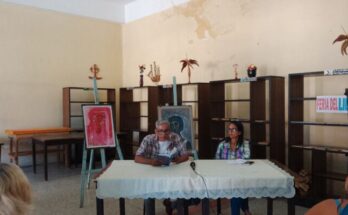Bartolomé Maximiliano Moré Gutiérrez, known in the music world as Benny Moré, was born in Santa Isabel de las Lajas on August 24, 1919. He was the first of 18 children of a poor black family. Due to economic needs, he was forced to change school for work when he finished fourth grade, but since childhood, he felt a strong musical inclination. He had extraordinary qualities for singing and improvisation.
Francisco Miranda Tasé, producer and writer of Radio Grito de Baire, an outstanding researcher and defender of Cuban music, tells us about Benny Moré’s musical career.
“He had such an amazing sense of rhythm, he was always in clave, as musicians say. Nothing failed him, starting with the Afro touches, one of the aspects that characterized his style throughout his career. The work in the field of different agricultural activities that Benny developed as a teenager was soothing them with music. He liked to sing while he worked and he was growing in the way of working with music, which was his greatest ambition, hoping one day to be able to perform it on stage; to arrive in Havana, to be heard and to demonstrate that he had all the qualities to sing all the most representative genres of our pentagram”.
In 1940 Benny Moré arrived in the capital of the country, and years later he was hired to integrate the legendary Conjunto Matamoros, which can be considered his real debut as a professional singer, because with this group he had for the first time a stable job as a musician and made his first recordings. In 1945 he traveled to Mexico, country where he would be consecrated as a popular singer.
“And he arrived in Mexico. From 1945 to 1951 he developed a formidable stage, performing in big cabarets, recording records with big orchestras such as Dámaso Pérez Prado’s, Rafael de Paz’s, even with Mariano Mercerón, from Santiago who was in Mexico looking to impose his way of working Cuban popular music. But the time came when Benny felt deep nostalgia for his country … and he was eager to return to Cuba”.
In 1951 he returned to the island and felt the need to make a tribute to his hometown. A longing that he was able to fulfill four years later, when he recorded Santa Isabel de La Lajas, a perennial song to his homeland.
“It was precisely in Santiago de Cuba during the stage with Mercerón, Benny was talking with a friend on a corner and it is said that a girl passed by with her overflowing beauty and Benny could not help saying – look how barbaric – a compliment with which he wanted to highlight her virtues and another person who passed by said – what’s up compay, the barbarian is you. Already when he decided to settle in Havana, with his Banda Gigante, Ibrahín Urbino, a very famous announcer in a performance of Benny in Radio Progreso had the idea of baptizing him in public as the Barbarian of Rhythm, for an obvious reason, that way of dominating the rhythm, that way of feeling the key, of falling at the exact moment in the interpretation and this made him gain more fame”.
Benny had several sources of inspiration for his music, starting from his identity, which he emphasized in his boleros, sones, guarachas and guajiras, with that montuno style that gave him strength and projection. His way of singing, of emitting high notes, he knew how to perfect them every day. In spite of not having studies, he possessed the innate conditions of a genius in music.
“The salseros owe a lot to Benny Moré for that way of improvising, for that way of singing, for that way of performing on stage and this is worthwhile for the young generations in Cuba to keep in mind because to feel the Cuban spirit it is necessary to refer to some performance of Benny More. Benny’s music is a permanent source of inspiration for many young people, today’s performers pay tribute to Benny with their own versions.
His style was unique, his voice providential. He is considered one of the most versatile Cuban singers and despite living in an era influenced by foreign elements in music, he knew how to remain faithful to his origins.
Songs such as “Dolor y Perdón”, “Bonito y Sabroso”, “Qué Bueno Baila Usted”, “Cienfuegos” and “Santa Isabel de las Lajas”, have transcended as cultural heritage of Cuba and the continent.




